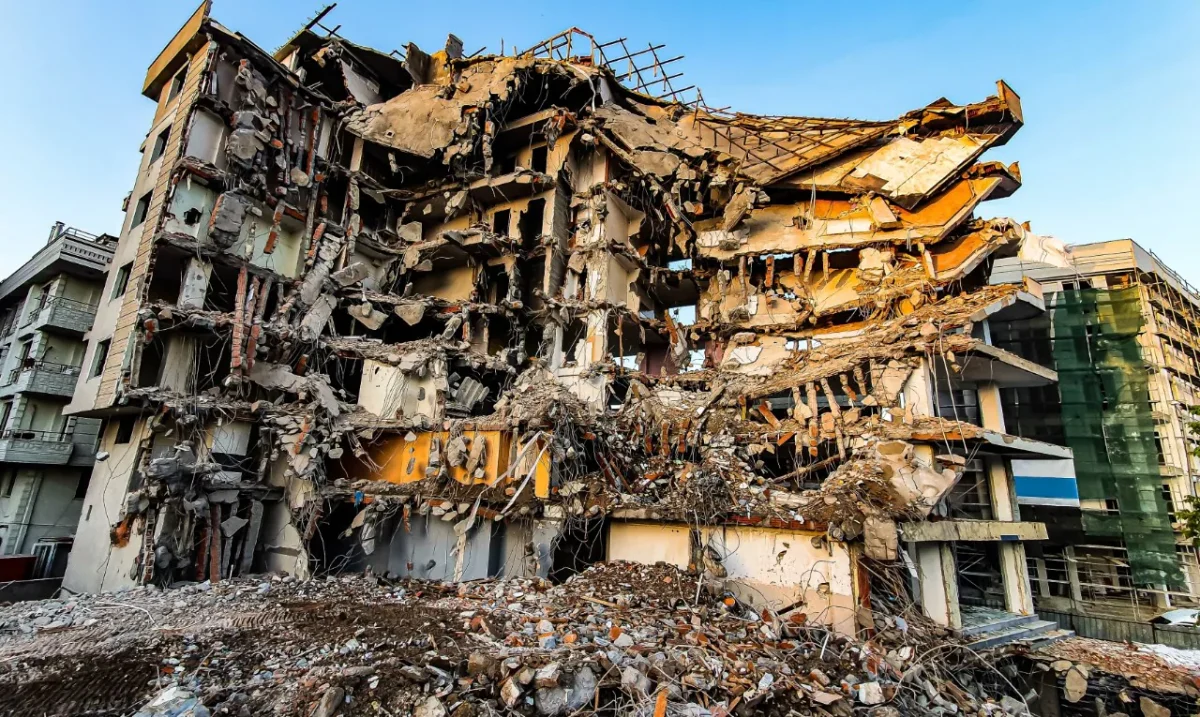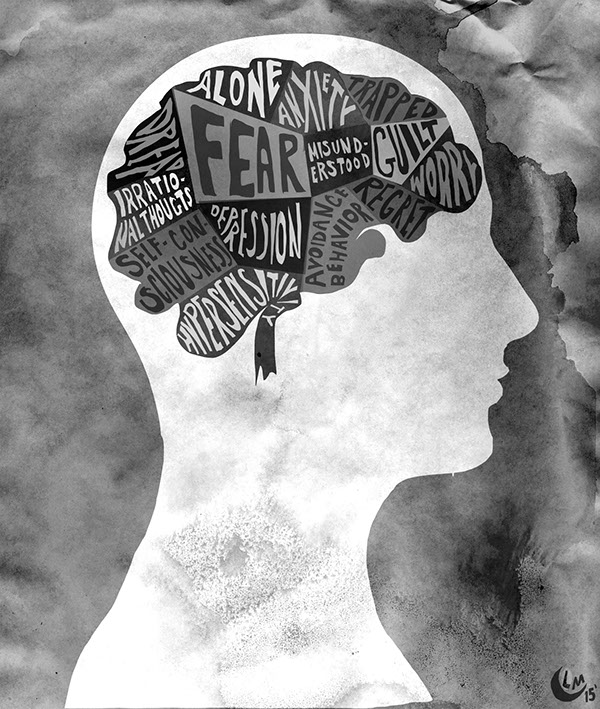Earthquakes are unpredictable, and many people don’t know how they may occur.
An earthquake is caused when large cracked pieces of the Earth’s surface start slowly to drift towards one another and overlap. These large pieces are also known as tectonic plates. Tectonic plates are what lead to the creation of mountains, hills and islands. This is explained in “Earthquakes” by Nation Geographic. “The surface of the Earth is made up of tectonic plates that lie beneath both the land and oceans of our planet. The movements of these plates can build mountains or cause volcanoes to erupt. The clash of these plates can also cause violent earthquakes, where Earth’s surface shakes.”
Earthquakes sometimes can have foreshocks. A foreshock is a smaller earthquake that takes place before an earthquake. This is mentioned in “The Science of Earthquakes” by Earthquake Hazards Program. “Sometimes an earthquake has foreshocks. These are smaller earthquakes that happen in the same place as the larger earthquake that follows.”
Foreshocks are hard to tell apart from earthquakes and aftershocks. But a foreshock is usually smaller than an earthquake and always happens before it. So when an earthquake does happen, it is much larger than the foreshock.
An aftershock is turbulence that happens after an earthquake. It happens in the same general area of the earthquake, but not at the same time. Aftershocks can occur days to even years after the main earthquake.
Earthquakes mainly take place near big bodies of water. This is caused by the vast amounts of oceanic crust that goes underneath a tectonic plate and causes it to burst.
This is quite often in areas such as the Circum-Pacific. The Circum-Pacific is nicknamed the ‘Ring of Fire’ for having the world’s largest, and greatest number, of earthquakes. This is stated in “Where do earthquakes occur?” by Discovering Geology — Earthquakes. “Over 80 percent of large earthquakes occur around the edges of the Pacific Ocean, an area known as the ‘Ring of Fire’.”
Earthquakes can cause significant harm to buildings, roads, and infrastructure. This leads to casualties and economic losses, which is not only bad for communities but for the environment.
This is very important to know, since being able to understand the causes and effects of earthquakes can help communities be more capable to respond and recover from these natural disasters.







Francisco Vega Reyes -_- • Apr 8, 2024 at 8:51 am
i like to read this its my favorite reading about earthquake its interesting